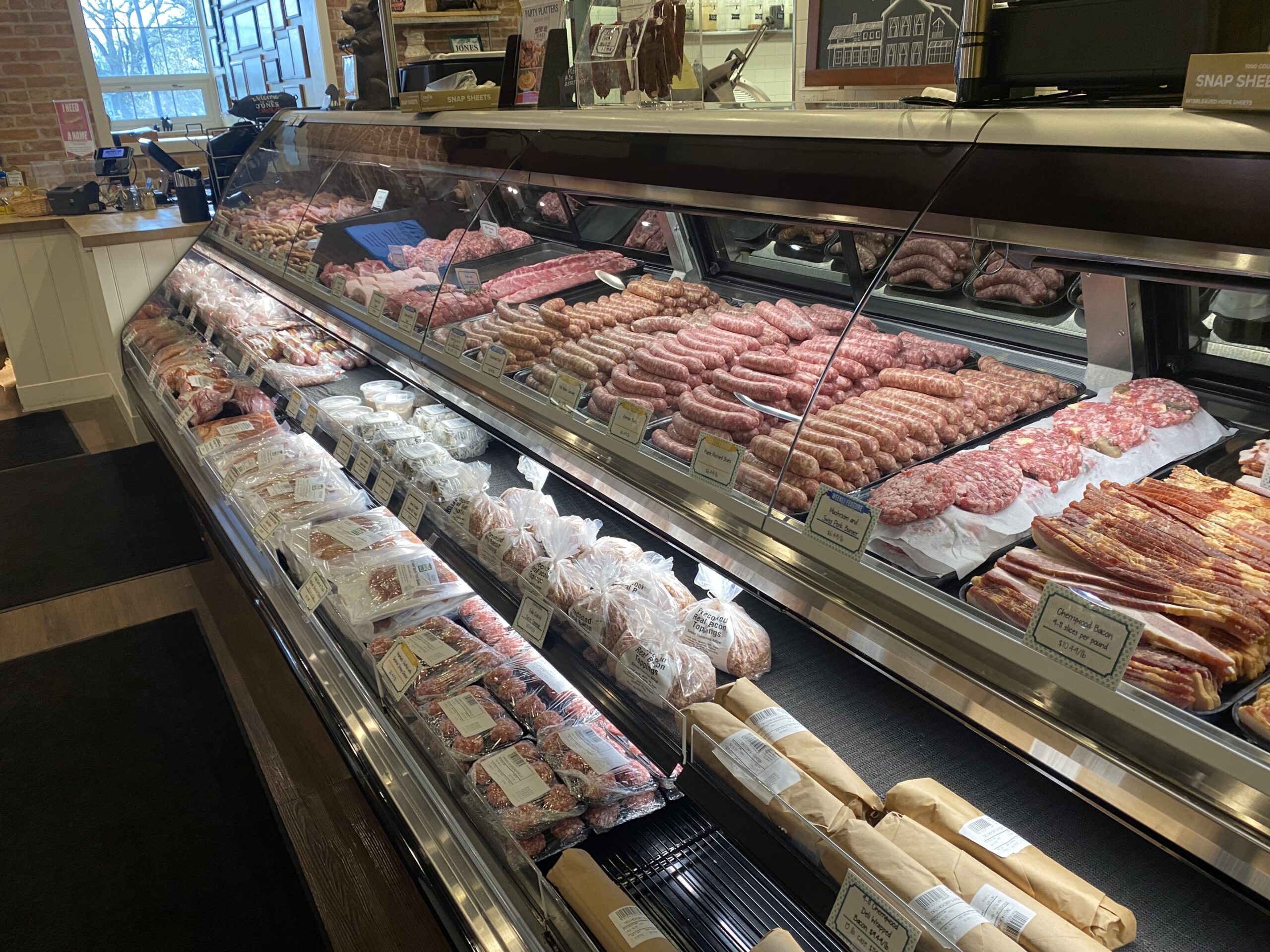Reveal the Art of the Butcher's Cut in a Modern Meat Market
In the ever-evolving landscape of modern meat markets, the butcher's cut has transcended its conventional roots, combining old-time workmanship with contemporary practices. What genuinely sets the modern-day butcher apart is their capability to create a deeper connection in between consumers and the origins of their meat.
Advancement of Butchery Strategies

The mid-20th century saw butchery strategies additionally improved by scientific insights into muscular tissue biology and meat aging, enhancing both inflammation and taste. Innovations like vacuum cleaner packaging and refrigeration prolonged product shelf-life, allowing butchers to branch out offerings and improve top quality control. This duration also marked the increase of customized tools, such as band saws and meat slicers, which enhanced accuracy and performance in meat processing.
Digital systems currently assist in tracking animal provenance and maximizing cuts to satisfy particular customer preferences. In addition, a revival in artisanal butchery has emerged, blending typical abilities with modern-day knowledge to provide to customers looking for ethical and lasting meat alternatives.

Understanding Meat Cuts

Comprehending the details of meat cuts is vital for both butchers and customers seeking quality and value. For butchers, precise cuts show ability and respect for the craft, guaranteeing very little waste and ideal return.
The main classifications of meat cuts include primal, sub-primal, and retail cuts. Primitive cuts, such as the loin, rib, and chuck, are the huge sections initially separated from the carcass. Butchers then damage these down further right into sub-primal cuts, before lastly creating retail cuts available to consumers, like ribeye or tenderloin. Each phase needs cautious attention to anatomical framework and muscle mass structure.
Recognizing muscle make-up is crucial; muscle mass used a lot more frequently by the pet have a tendency to be tougher and are best fit for slow food preparation approaches, while less-used muscles, like those found in the loin, are much more tender and ideal for barbecuing or roasting. Experience with these distinctions equips consumers to make educated choices, boosting their culinary ventures.
Choosing Top Quality Meat
Picking the right meat includes greater than simply choosing a visually attractive piece from the screen. The art of choosing top quality meat needs a critical eye and expertise of particular features that indicate freshness and quality. Pay focus to the color; beef should have an intense, cherry-red color, while lamb needs to show a soft pink tone, and pork a pale pink. This indicates the meat is fresh and hasn't been exposed to oxygen for also lengthy.
Secondly, take into consideration the marbling, which refers to the white streaks of fat within the my response muscle. Correct marbling is a crucial indication of inflammation and taste, as it thaws during cooking, improving the meat's juiciness. Keep in mind, greater marbling frequently correlates with premium top quality cuts, such as USDA Prime.
Structure is one more crucial factor; meat ought to really feel firm to the touch, not slimed or overly soft. Additionally, be conscious of the aroma. Fresh meat should have a tidy, neutral scent, free from any kind of sour or repulsive smells.
Matching Cuts With Food Preparation Techniques
Successfully coupling cuts of meat with the appropriate cooking approaches is vital for attaining ideal taste and structure. These techniques improve the meat's all-natural flavors and make sure a juicy surface.
Conversely, tougher cuts like brisket and chuck roast are rich in collagen, official statement which damages down right into gelatin when prepared slowly. These cuts are ideal for braising or sluggish roasting, permitting the meat to tenderize with time and develop deep, complex flavors. Similarly, cuts such as brief ribs and pork shoulder get on well with slow-cooking approaches, where prolonged cooking times change their robust structures into delicious recipes.
Lamb shanks and oxtail, which need extended food preparation to tenderize, are excellent prospects for stewing or sluggish simmering. These techniques coax out abundant, hearty flavors while preserving dampness. By recognizing the special attributes of each cut, chefs and home cooks alike can elevate their culinary productions, guaranteeing each recipe is both satisfying and memorable.
The Butcher's Function Today
Navigating the progressing landscape of the contemporary meat market, the butcher's duty today prolongs past simple prep work of cuts. Contemporary butchers are cooking craftsmens, educators, and advocates for lasting methods. They link the void between the ranch and the fork by ensuring ethical sourcing, recognizing animal husbandry, and prioritizing openness in the supply chain. This shift reflects the expanding consumer need for top quality over quantity, where provenance check these guys out and animal well-being are vital.
Along with crafting exact cuts, butchers now involve straight with clients, supplying cooking recommendations and customizing options to match private needs and preferences. Their experience in meat aging, marbling, and flavor accounts empowers customers to make informed decisions, boosting their cooking experiences. This personalized service exhibits the butcher's progressing function as a relied on expert in the kitchen.
In addition, butchers are critical in decreasing waste, utilizing whole pets to produce diverse items such as sausages and supplies - bagley farms meat market edwardsville il. This extensive method not just respects the pet but likewise lines up with contemporary sustainability goals. In this means, the modern-day butcher personifies both custom and development, adjusting to an ever-changing market while maintaining the artistry and honesty of their craft

Final Thought
Proficiency in comprehending varied meat cuts and top quality indications empowers butchers to offer educated recommendations, aligning details cuts with optimum food preparation techniques. By honoring historical practices while welcoming contemporary demands, the butcher's duty remains important in today's sophisticated meat market.